When you buy a car, you’re not just investing in a way to get from point A to point B—you’re investing in your peace of mind. For many buyers, one of the biggest concerns is how often the vehicle will end up in the repair shop.
A dependable car lets you focus on the road ahead without worrying about unexpected costs or breakdowns. On the flip side, some vehicles seem almost cursed, making frequent visits to mechanics for everything from minor nuisances to major mechanical failures.
In this article, we’re diving into both sides of the ownership experience. First, we’ll explore five cars that rarely, if ever, give their owners trouble—vehicles known for their bulletproof reliability and low maintenance needs.
Then, we’ll shift gears and look at five cars that, despite their appeal on paper, have built reputations for living at the repair shop. These models often frustrate their owners with persistent issues that lead to expensive repairs and inconvenient downtime.
Whether you’re in the market for a new ride or just curious about how your car stacks up, this guide will give you a clear picture of which vehicles earn trust and which ones test your patience.
Also Read: 5 Cars That Start Every Time and 5 That Need Prayers
5 Cars That Rarely Visit the Shop
When it comes to car ownership, reliability is more than just a luxury—it’s a necessity. A vehicle that can handle daily commutes, weekend road trips, and the occasional emergency without constant repairs saves you both money and stress. Some cars rise above the rest, delivering exceptional durability year after year.
These models aren’t just “good enough”; they’re legendary for their dependability, often reaching 200,000 miles or more with basic maintenance. It’s no wonder that many of these cars have earned cult-like followings among loyal owners.
For this list, we selected vehicles with strong track records for minimal maintenance needs, fewer mechanical breakdowns, and lower long-term repair costs.
Our picks are backed by owner surveys, reliability studies from sources and countless testimonials from real-world drivers.
We focused on a mix of sedans, SUVs, and even a truck to give a broad view of the best options across different needs. Whether you’re shopping new or used, these cars represent some of the safest bets in the automotive world.
Let’s dive into five cars that don’t just get you where you’re going—they make sure you get there without a wrench ever needing to touch them.
1. Toyota Corolla
The Toyota Corolla has built its reputation on one thing: unwavering reliability. For decades, it’s been the poster child of “buy it and forget it” transportation.
Owners frequently report minimal issues even after years of daily use, which is why Corollas often surpass 200,000 miles with just routine maintenance.
A big part of the Corolla’s success lies in its simplicity. Toyota has always prioritized proven engine designs and durable components over flashy, experimental technology. The 1.8-liter four-cylinder engine, for example, is almost legendary for its longevity.
The transmission options, whether manual or automatic, are robust and less prone to failure compared to more complicated CVTs or dual-clutch systems found in some competitors.
In addition, repair costs are extremely low. Parts are cheap and widely available, and many maintenance tasks are straightforward enough that DIYers can handle them at home.
Consumer Reports consistently places the Corolla at the top of their reliability rankings year after year, while J.D. Power awards it high marks for dependability.
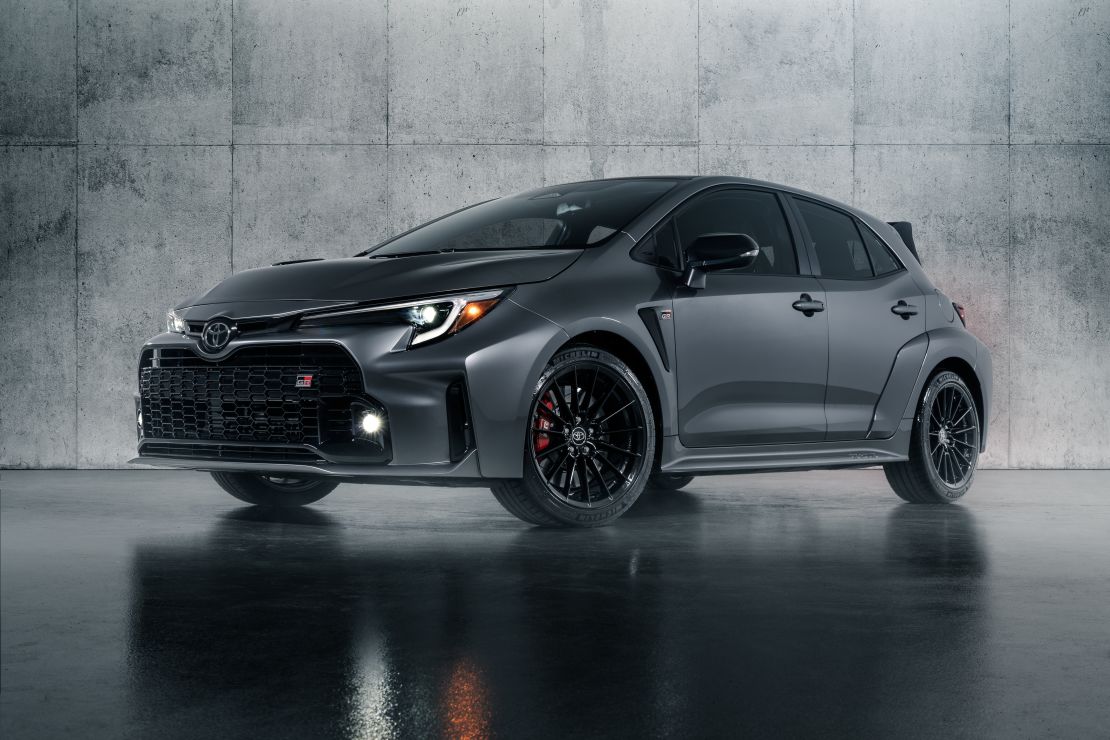
Another major plus? Even older Corollas, dating back 10–15 years, hold their value exceptionally well. It’s not just a safe choice for new buyers but a smart buy on the used market too.
If you’re looking for a worry-free ownership experience without breaking the bank, the Toyota Corolla is one of the easiest choices you can make.
2. Honda CR-V
The Honda CR-V perfectly blends practicality and durability, making it a favorite for families, commuters, and adventurers alike. Few compact SUVs have a better record for staying out of the repair shop, especially when regularly maintained.
The CR-V’s reliable 2.4-liter four-cylinder engine, especially in models from 2010–2016, is often praised for its endurance. Honda focused on building a powertrain that could handle high mileage without major issues.
It’s not uncommon to find CR-Vs on the road today that have crossed the 250,000-mile mark with just regular oil changes, tire rotations, and basic brake maintenance.
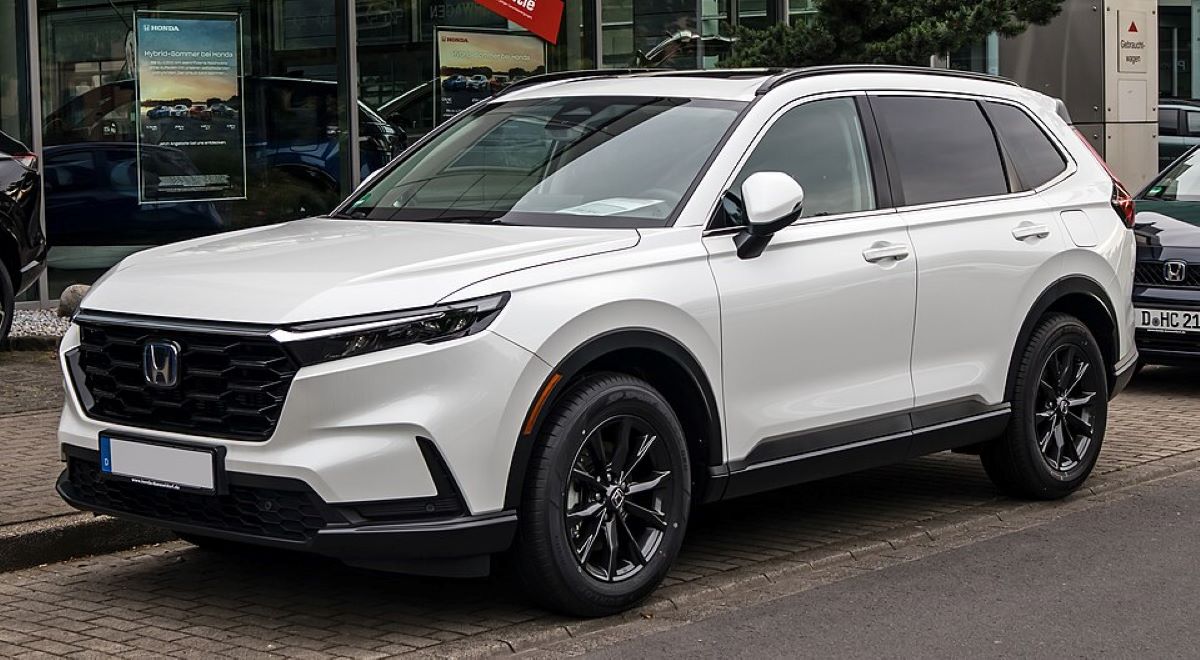
The simplicity of its design plays a huge role here. Honda kept the technology relatively straightforward, avoiding complicated systems that could break down. Additionally, the CR-V’s Real-Time AWD system is praised for its reliability compared to the more complex AWD systems found in luxury SUVs.
Insurance costs, maintenance fees, and parts replacements are all quite affordable. Plus, Honda’s strong dealership network ensures that even bigger repairs are handled quickly and at a fair price. Year after year, the CR-V tops reliability charts from trusted sources like J.D. Power, Edmunds, and Consumer Reports.
If you need a crossover that can handle daily life without any drama—and one that won’t drain your wallet every few months—the Honda CR-V is a near-perfect choice.
3. Lexus RX 350
Luxury and reliability don’t always go hand-in-hand, but the Lexus RX 350 proves you can have both. While many luxury SUVs are notorious for their complicated systems and high maintenance needs, the RX 350 remains remarkably dependable year after year.
The RX 350’s 3.5-liter V6 engine is a workhorse, known for its smooth performance and ability to last well beyond 200,000 miles.
Lexus, Toyota’s luxury arm, built the RX on the same philosophy that made the parent brand famous: simple, proven engineering over gimmicky tech. Owners frequently report going years without needing anything more than oil changes, brake pads, and tire replacements.
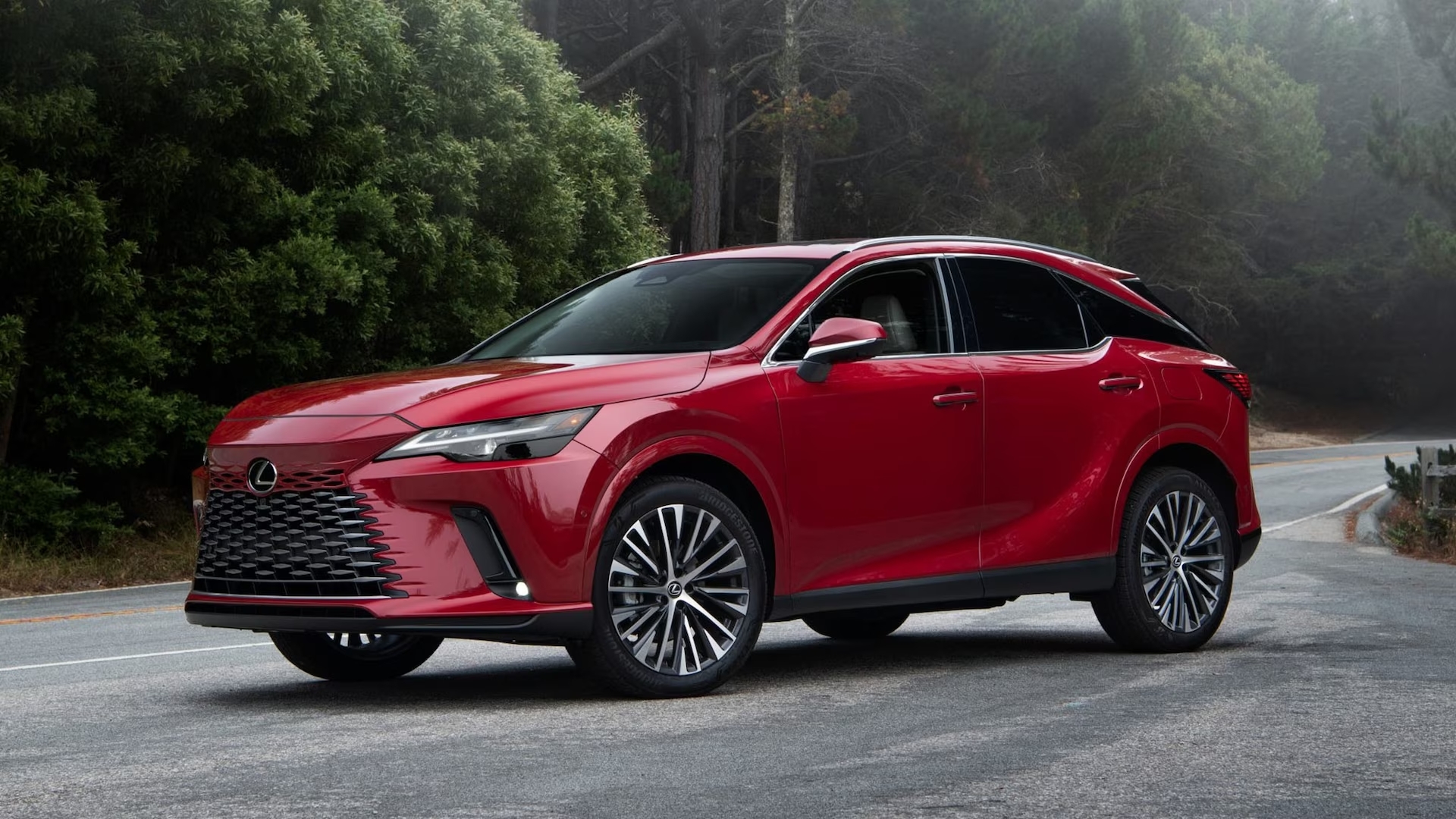
Even better, the RX 350 doesn’t suffer from the electronic gremlins that plague other luxury vehicles. Its infotainment systems, safety tech, and comfort features hold up better over time, meaning you won’t find yourself in a dealer’s waiting room because of glitchy electronics.
Repair costs are also surprisingly reasonable for a luxury vehicle, especially when compared to European rivals like BMW or Audi.
Combined with Lexus’ outstanding dealer service reputation and resale value, the RX 350 becomes an incredibly smart buy for anyone wanting luxury without the maintenance headaches.
If you want a plush ride without sacrificing long-term peace of mind, the Lexus RX 350 should be at the top of your list.
4. Subaru Outback
The Subaru Outback is one of those vehicles that quietly racks up miles without much fuss. Designed for adventure and practicality, the Outback offers more than just standard AWD—it offers outstanding longevity and reliability, particularly in models from 2015 onward.
Subaru’s 2.5-liter flat-four engine and Lineartronic CVT transmission, once a concern in earlier years, have proven to be incredibly reliable in later generations. Properly maintained, the Outback easily lasts well beyond 200,000 miles, often without major issues.
It’s a car that thrives in harsh conditions—snow, rain, gravel—and comes back for more without frequent trips to the shop.

One of the key reasons for the Outback’s reliability is Subaru’s commitment to simplicity in their mechanical design. The symmetrical AWD system is robust and proven, and the car doesn’t overcomplicate things with unnecessary tech that could fail over time.
Parts are reasonably priced, and Subaru’s loyal customer base ensures a steady supply of aftermarket and OEM components. In addition, the Outback holds its value extremely well, making it a smart investment whether you’re buying new or used.
For drivers who want a go-anywhere, do-anything car that doesn’t constantly need repairs, the Subaru Outback is a proven winner.
5. Mazda MX-5 Miata
You might not expect a small sports car to be one of the most reliable vehicles around, but the Mazda MX-5 Miata consistently proves that fun doesn’t have to come with a high maintenance bill. In fact, the Miata is one of the most dependable cars on the market, year after year.
What makes the Miata so reliable? First, Mazda kept the formula simple. A lightweight chassis, a naturally aspirated 2.0-liter four-cylinder engine, and a basic six-speed manual or automatic transmission mean fewer things that can go wrong. There’s no turbo to fail, no complex electronics to glitch out, and no heavy AWD system to maintain.
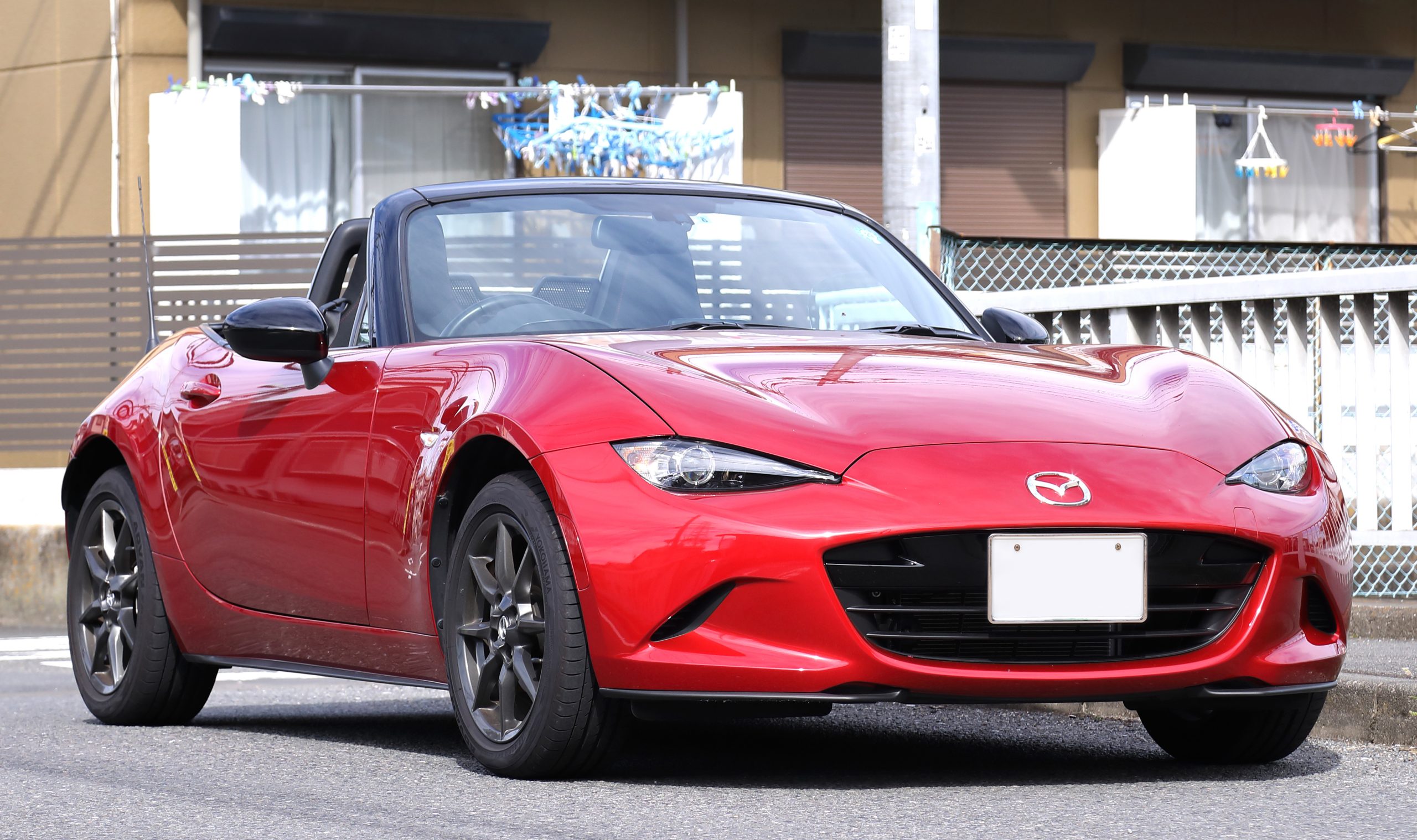
Owners routinely push their Miatas hard—track days, spirited weekend drives, and daily commuting—and the cars just keep going with minimal fuss. It’s common to see Miatas easily clock 200,000 miles with just basic care.
Another bonus is that maintenance and repair costs are low. Parts are inexpensive, and the Miata community is massive, meaning there’s a wealth of knowledge out there if you ever do run into a rare issue.
If you’re looking for a car that offers pure driving pleasure without frequent visits to the mechanic, the Mazda MX-5 Miata might just be the ultimate answer.
5 Cars That Live at the Repair Shop
Buying a car is always a bit of a gamble, but some models make that gamble feel more like playing roulette with your wallet. No matter how shiny they look in the showroom or how tempting their features might be on paper, certain vehicles have earned reputations for spending more time at the mechanic than on the road.
These cars can quickly turn what should be a joyful ownership experience into a frustrating and expensive ordeal.
For this section, we’ve focused on cars that suffer from chronic mechanical issues, expensive repair costs, and poor long-term durability.
Many of these models might offer impressive performance, cutting-edge technology, or attractive styling—but they’re ultimately weighed down by recurring problems like faulty transmissions, electrical gremlins, engine failures, and excessive wear and tear.
Often, the cost of ownership for these vehicles far exceeds what buyers initially expect, especially as the car ages and warranties expire.
Our list is backed by owner reports, reliability rankings from trusted sources like Consumer Reports and J.D. Power, and real-world mechanic insights. We’ve included a mix of luxury cars and mainstream models to show that high sticker prices or brand prestige don’t always guarantee a dependable ride.
If you’re car shopping and want to avoid the headache of constant repairs—or if you’re simply curious about which models to be wary of—these five vehicles should serve as cautionary tales. Flashy looks and fancy features might catch your eye, but it’s what’s under the hood (and how often it breaks) that truly defines the ownership experience.
Now, let’s take a closer look at five cars that unfortunately spend far too much time on the lift.
1. Jeep Cherokee (2014–2019)
The Jeep Cherokee from 2014 to 2019 had all the ingredients for success: rugged looks, optional off-road prowess, and a recognizable badge. Unfortunately, what it also had was a long list of mechanical headaches that made ownership more of a chore than a joy.
The biggest culprit was the problematic nine-speed automatic transmission. Designed by ZF but adapted poorly by Jeep, this gearbox became infamous for rough shifting, hesitation, and outright failures.
Many owners reported jerky acceleration, delayed responses, and sudden lunges—issues that persisted even after multiple software updates and recalls. In many cases, expensive transmission replacements were needed far earlier than normal.
Engine problems were another sore spot, particularly with the 2.4-liter “Tigershark” four-cylinder. Issues like excessive oil consumption cropped up after relatively low mileage, leading to engine damage if not caught early.
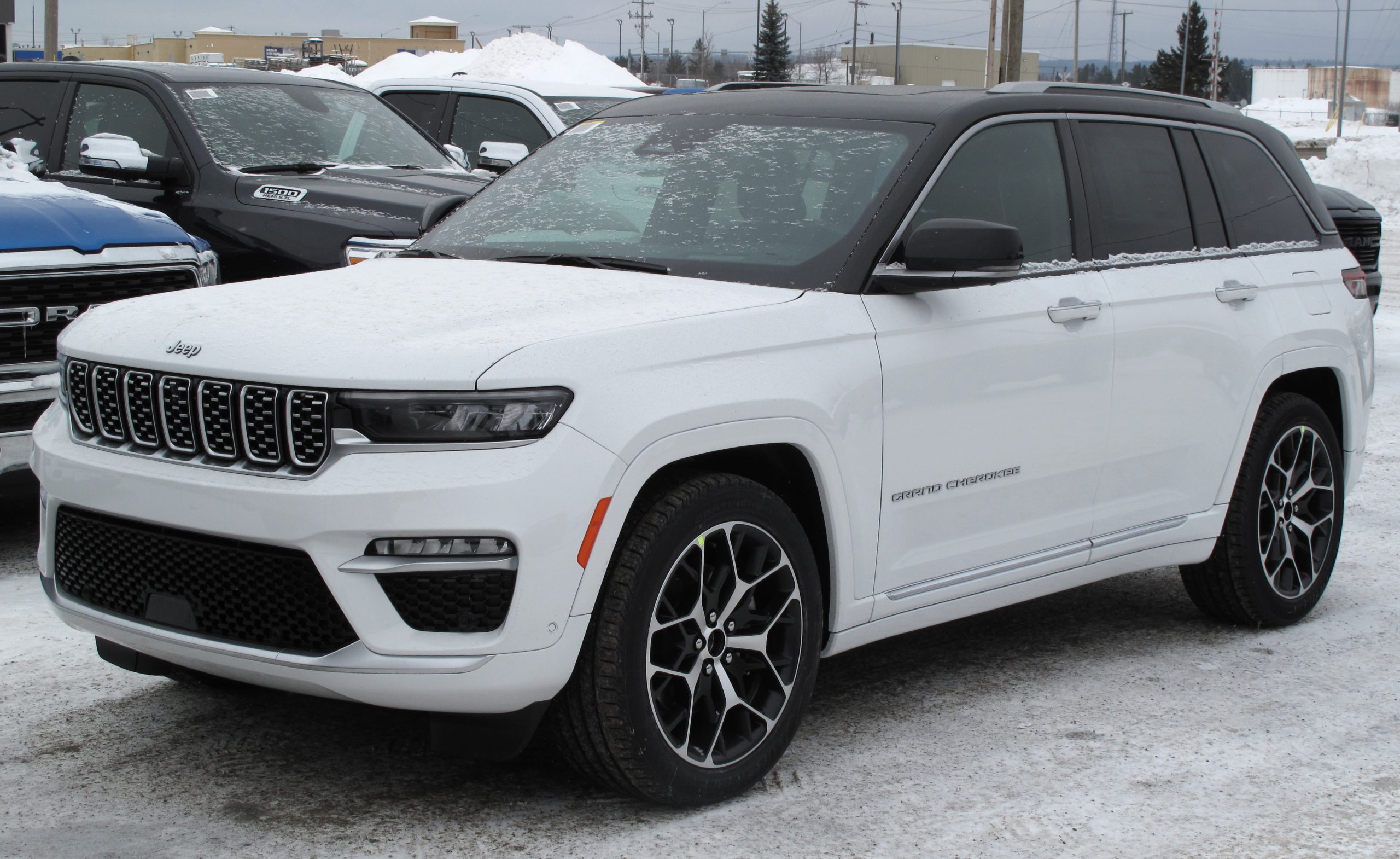
Combined with electrical glitches involving the infotainment system, backup cameras, and dashboard warnings, the Cherokee often left owners feeling like beta testers instead of proud drivers.
Repair costs could quickly spiral out of control, especially once the factory warranty ended. Many mechanics warned prospective buyers to either avoid these model years altogether or budget heavily for inevitable repairs.
While the Cherokee offered undeniable style and capability, the reality was that its owners often found themselves back at the dealership—or the independent shop—far more often than they ever wanted.
2. BMW 5 Series (2011–2016)
On paper, the BMW 5 Series from 2011 to 2016 should have been the perfect blend of luxury and performance. And when it worked, it was. Unfortunately, the reality for many owners was frequent breakdowns, expensive repairs, and a love-hate relationship with their German executive sedan.
The main issues came down to two critical areas: the engine and the electronics. The N20 four-cylinder turbocharged engine, found in the 528i, was plagued by timing chain failures, sometimes before 80,000 miles.
This was not a cheap fix; often, repairing the timing system meant engine removal, running up labor costs into the thousands. Some engines even suffered catastrophic failure if the timing chain snapped while driving.
Meanwhile, the six-cylinder turbocharged models (like the 535i) were no better off, with problems like water pump failures, turbocharger issues, and valve cover gasket leaks becoming all too common. Add in fragile cooling systems and a tendency for the oil filter housing to crack and leak, and you had a recipe for frequent shop visits.
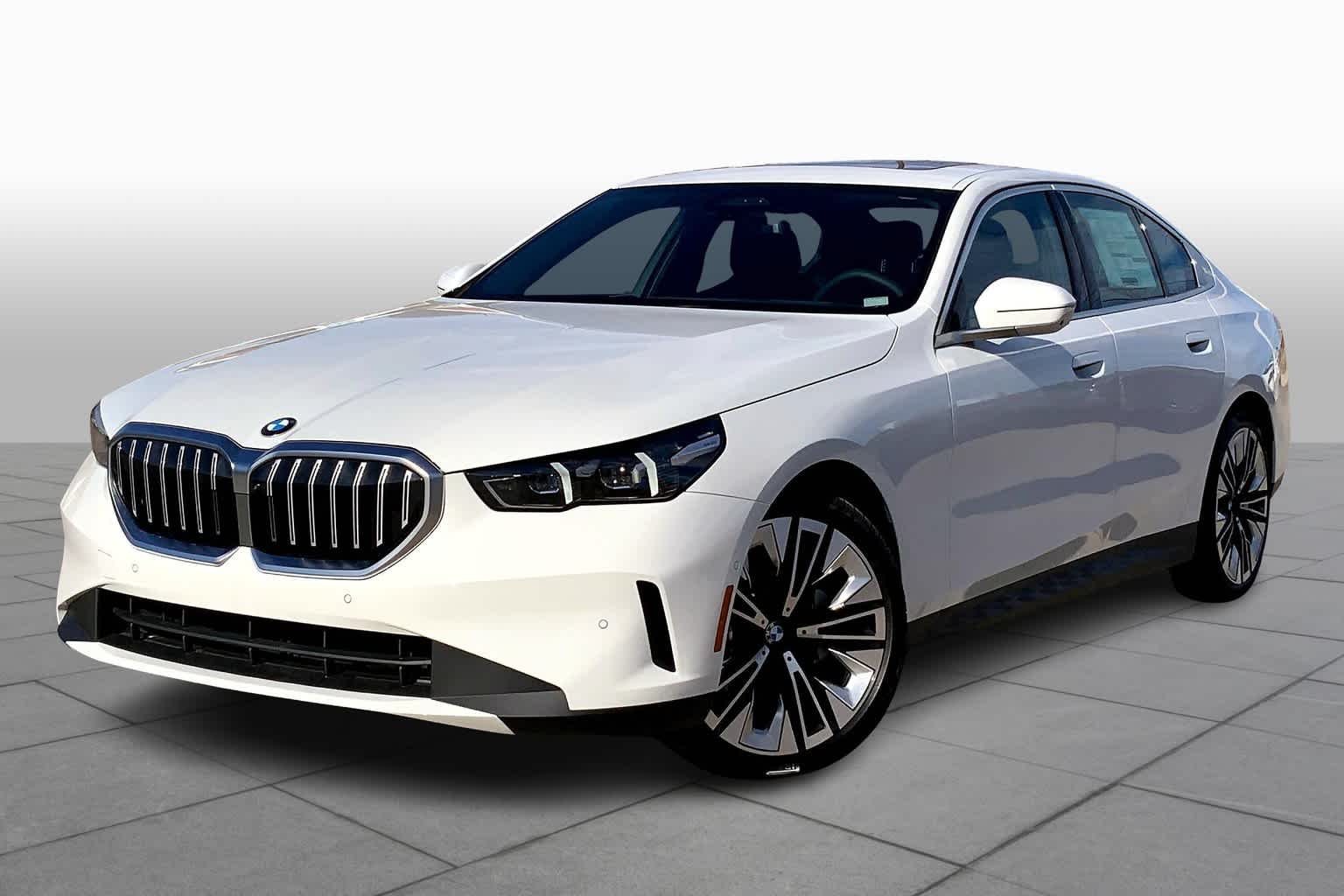
Electrical gremlins were another constant headache. Malfunctioning iDrive systems, random sensor failures, and costly battery registration procedures made even minor issues feel like major problems.
While the 5 Series offers a sublime driving experience when it’s healthy, keeping it that way requires deep pockets, a trusted mechanic familiar with BMWs, and a high tolerance for frustration. For many owners, the glamour quickly wore off once the warranty expired—and repair bills started arriving with disturbing frequency.
3. Ford Focus (2012–2016)
The 2012–2016 Ford Focus promised to be a stylish, fuel-efficient compact car that could take on the best in its class. Instead, it became one of Ford’s most notorious reliability disasters, thanks largely to one major flaw: the PowerShift automatic transmission.
Marketed as an advanced dual-clutch system that would deliver both fuel economy and sporty performance, the PowerShift instead delivered frustration, lawsuits, and endless trips to the repair shop.
Owners commonly reported jerky acceleration, slipping, hesitation, and outright failure to shift properly. Some vehicles would shudder violently at low speeds or simply refuse to move when put in gear. Ford issued multiple software updates and service bulletins, but none truly solved the core mechanical problems with the transmission.
Beyond the transmission fiasco, the Focus also suffered from minor but irritating electrical issues. Faulty door latches, defective ignition switches, and frequent check engine lights plagued owners across the board.
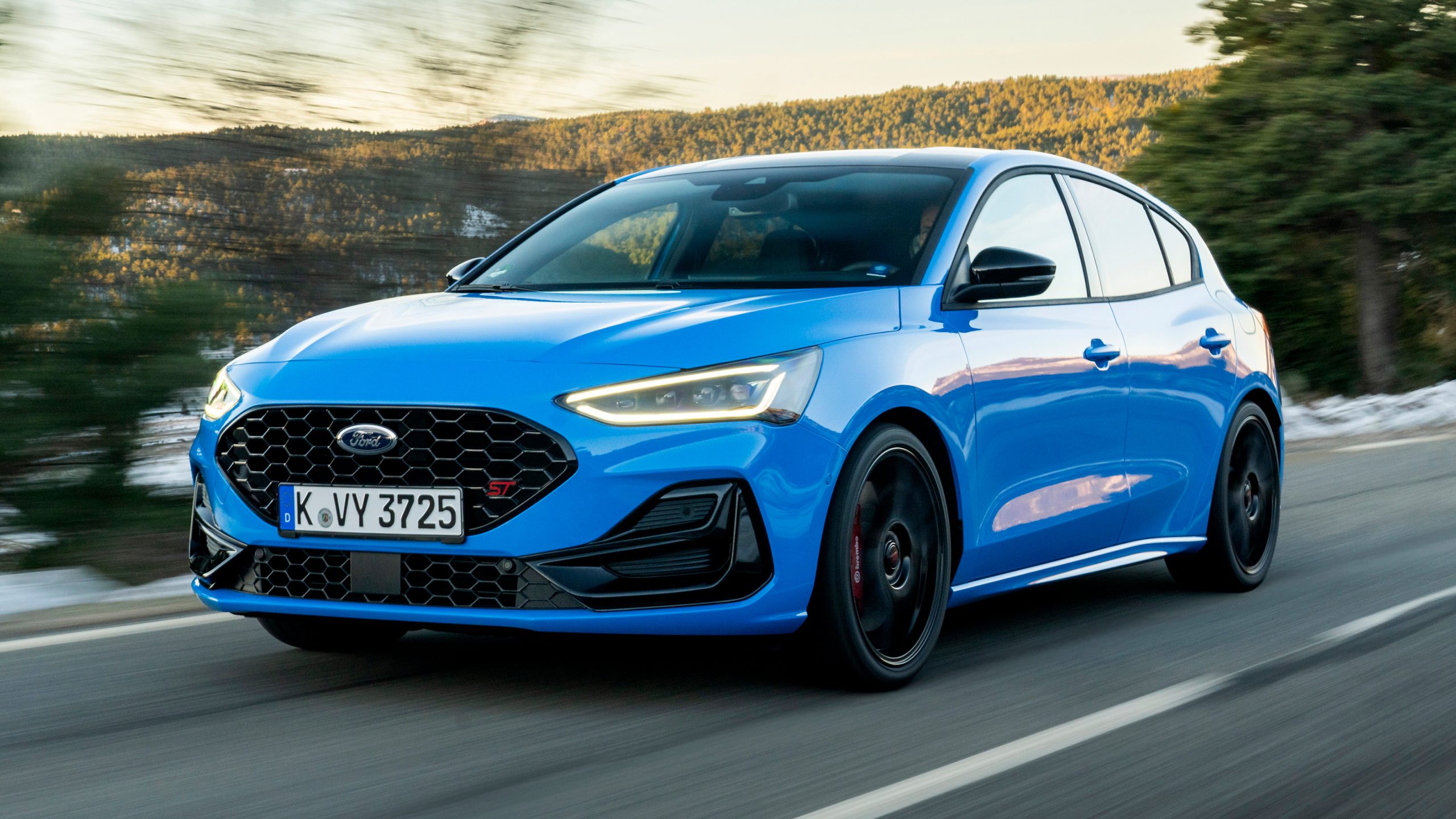
Perhaps most infuriating for buyers was Ford’s slow response to the known problems. Many customers found themselves fighting with dealerships over warranty repairs or faced expensive fixes once they were out of coverage.
A major class-action lawsuit forced Ford to settle with thousands of owners, but for many, the damage to the brand’s reputation had already been done.
Despite its sharp looks and fun-to-drive nature, the 2012–2016 Ford Focus became a cautionary tale about how poor engineering decisions can sink an otherwise promising vehicle.
4. Land Rover Range Rover (2013–2017)
The 2013–2017 Range Rover represents the ultimate paradox: it’s both a symbol of luxury and success and one of the most maintenance-heavy, unreliable vehicles on the road. While owning a Range Rover might turn heads in the valet line, it often means spending more time (and money) at the repair shop than actually enjoying the ride.
The issues with this generation of Range Rovers are extensive and expensive. Air suspension failures are common, with owners reporting that their SUVs would suddenly sag or lean to one side, leading to very costly repairs. The advanced suspension system, designed for incredible off-road comfort, often doesn’t hold up well even in mild city driving conditions.
Electrical gremlins plague nearly every model year. Faulty infotainment screens, sensor failures, random warning lights, and issues with keyless entry systems often leave owners frustrated. It’s not unusual for a Range Rover owner to face several trips to the dealer just to resolve minor—but expensive—electrical problems.
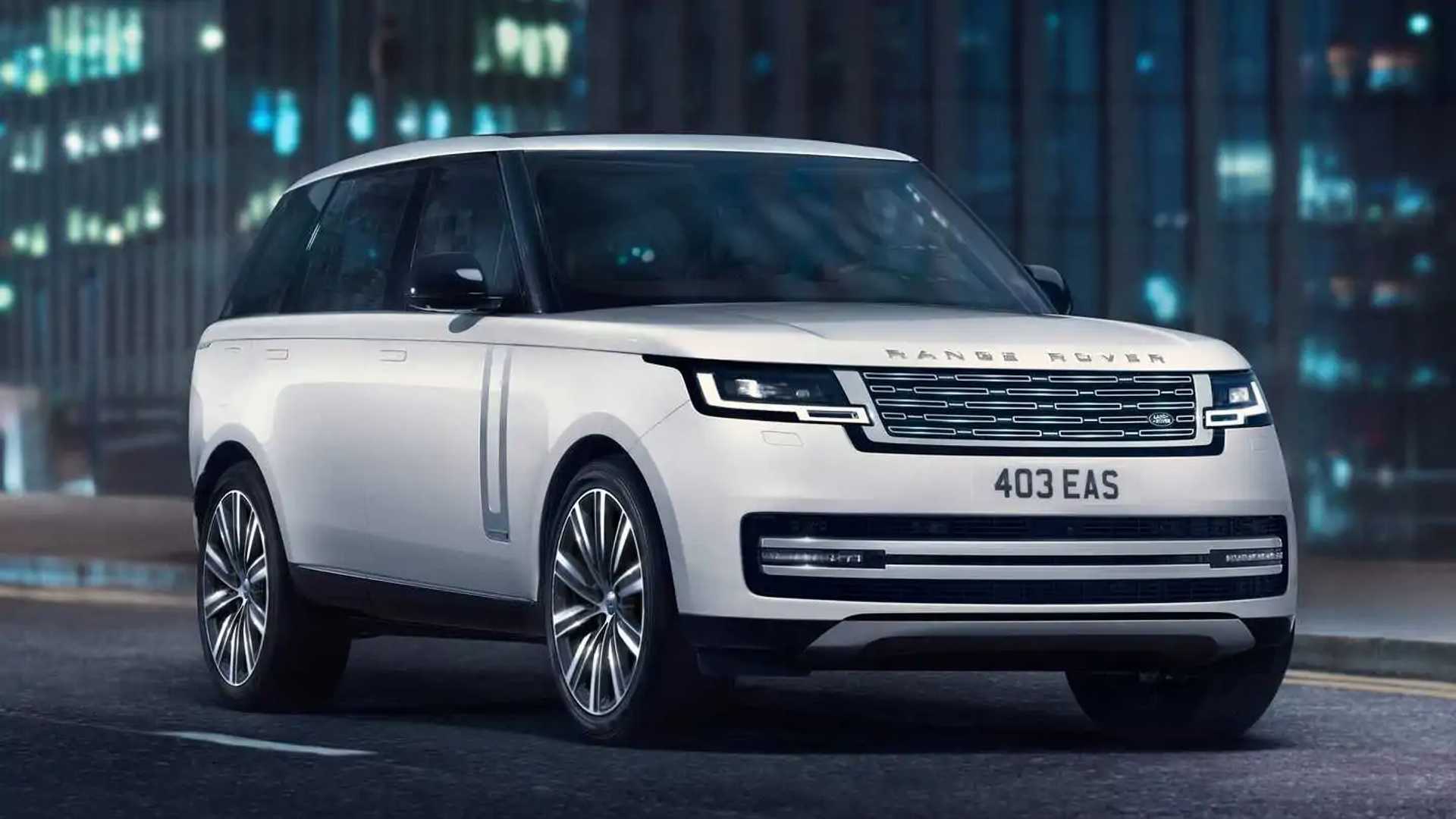
Engine reliability is also a concern. Supercharged V6 and V8 engines, while powerful, are prone to coolant leaks, timing chain wear, and oil consumption issues. Repairs, even routine ones, tend to cost significantly more than those on a typical luxury SUV due to complicated designs and hard-to-access components.
In short, while the Range Rover looks and feels incredible when everything is working, keeping it in peak condition requires a very fat wallet and a lot of patience. Many owners find that the prestige simply isn’t worth the constant headaches.
5. Fiat 500 (2012–2019)
The Fiat 500 came to America with plenty of charm and retro appeal, but underneath its cute exterior lurked some serious reliability nightmares. Buyers initially flocked to it for its stylish looks, compact size, and city-friendly demeanor — only to quickly realize that keeping one running smoothly was an uphill battle.
The problems with the Fiat 500 were widespread. Transmission issues were among the most serious, especially with the automatic models.
Many owners reported sudden jerks, gear slipping, and complete transmission failures well before hitting 60,000 miles. Repairs weren’t cheap, and parts availability sometimes delayed fixes for weeks.
The engine wasn’t without its faults either. Oil leaks, premature clutch failures (in manual models), and faulty thermostats were common complaints. Owners also faced persistent electrical issues — malfunctioning windows, warning lights, stereo problems, and intermittent power loss were all regular occurrences.
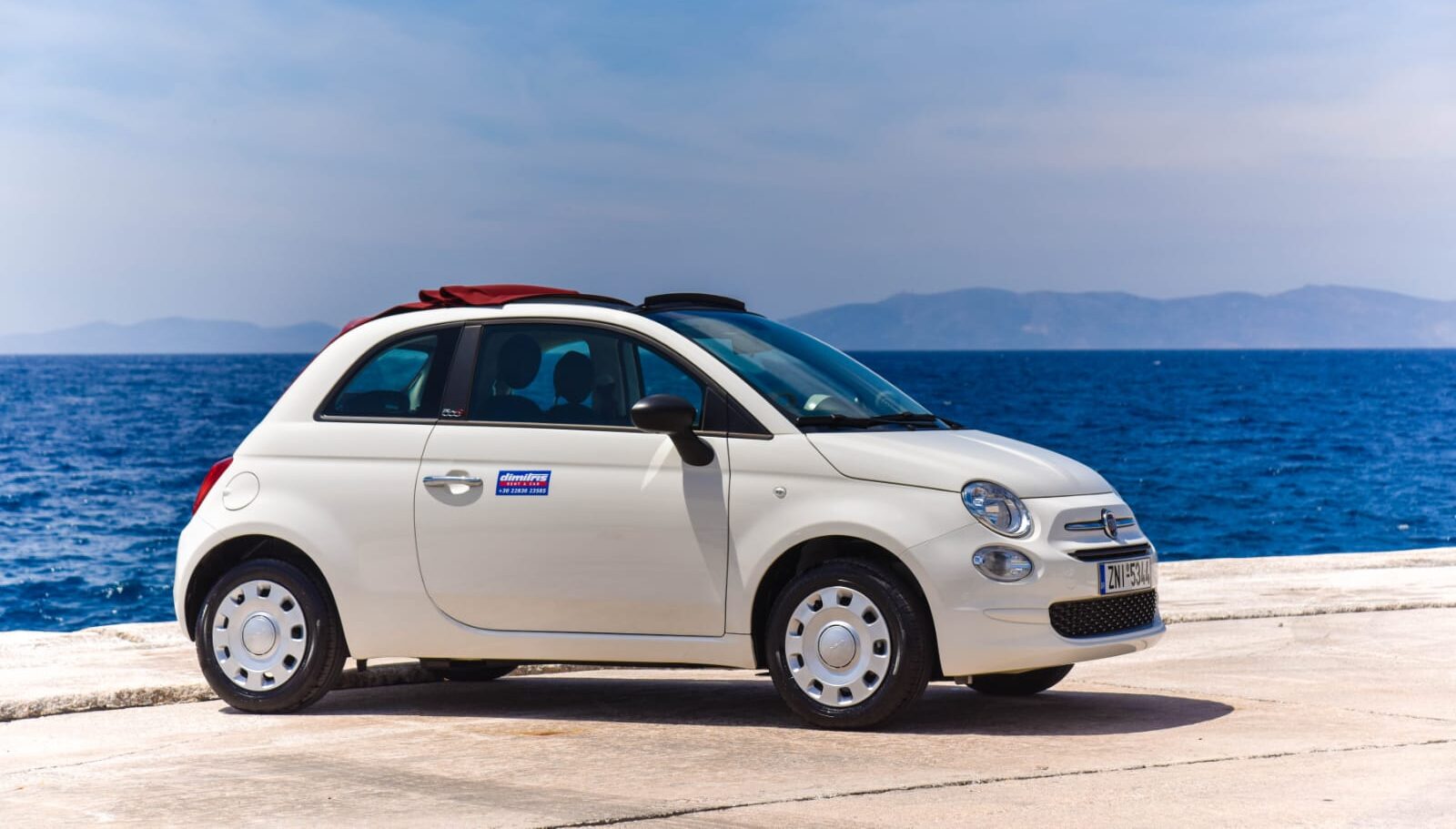
Adding insult to injury, Fiat’s dealership network in the U.S. was relatively sparse compared to competitors, making service and warranty work more difficult to schedule. Resale value also plummeted, making the car a poor financial investment long term.
While the Fiat 500 had undeniable personality and was fun to drive in short bursts, its long-term durability was sorely lacking. Many owners found themselves regretting their purchase once they realized that the car’s maintenance needs were anything but small.
In the end, the Fiat 500 serves as a clear example that charming design can’t make up for mechanical instability — especially when it leaves you stranded on the side of the road.
Choosing the right car can mean the difference between years of stress-free driving and endless trips to the mechanic. As we’ve seen, some vehicles like the Toyota Camry, Honda CR-V, and Lexus RX have built solid reputations for rarely visiting the repair shop.
They offer dependable performance, lower maintenance costs, and peace of mind that stretches well beyond the warranty period.
These cars prove that with smart engineering, strong quality control, and a focus on durability, it’s possible to create a vehicle that serves its owners faithfully for many years.
On the flip side, flashy marketing and impressive specs can’t hide long-term reliability issues. Cars like the Jeep Cherokee, Ford Focus, and Range Rover lure buyers in with bold styling and exciting features — but too often leave them stranded with expensive repair bills and major headaches.
These vehicles remind us that it’s not just the initial purchase price that matters; long-term ownership costs, downtime, and the emotional toll of repeated breakdowns are just as important, if not more so.
One key takeaway is that reliability often stems from simplicity and proven designs. Cars that avoid over-complicated systems and focus on perfecting core components — engines, transmissions, electrical systems — tend to last longer.
Meanwhile, vehicles that chase trends, pack in untested tech, or stretch engineering limits often end up disappointing their owners once the real-world miles add up.
If you’re shopping for your next car, it’s crucial to look beyond the showroom shine. Research reliability ratings, read real-world owner reviews, and think carefully about long-term ownership costs.
Sometimes, the smartest choice isn’t the flashiest model — it’s the one that quietly gets you where you need to go, year after year, without drama. Ultimately, driving should be a source of freedom, not a source of stress.
Whether you’re aiming for a car that “just works” or trying to avoid one that lives at the shop, being informed can save you thousands — and countless headaches — down the road.
Also Read: 5 Cars With Reliable Transmissions and 5 That Constantly Fail

